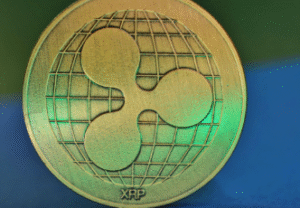COTTON, CRUDE OIL #CottonFutures #MarketUpdate #CommodityTrading #CrudeOil #EconomicNews #CottonNews #MarketTrends #Investing #Forex #GlobalEconomy
How Did Cotton Prices Manage to Climb Last Friday? Discover the Key Drivers!
Cotton futures experienced a modest increase on Friday, with contracts rising between 3 to 13 points. This slight uptick occurred despite December contracts dipping by 8 points over the week. As traders analyzed the latest cotton news, they noted various contributing factors to the market dynamics.
One primary driver behind these fluctuations is the overall economic environment. The US dollar index rose by $0.021, reaching 98.750, which can impact commodity prices, including cotton. A strong dollar often results in higher costs for international buyers, thereby influencing demand. Investors remain cautious and vigilant, considering these macroeconomic trends as they navigate the cotton market.
In addition, crude oil futures also play a significant role in the agricultural landscape. On Friday, crude oil prices saw a slight decrease of 35 cents, settling at $61.44 per barrel. The energy sector’s performance can considerably affect the cost of production and transportation for cotton, further influencing its market price. As global economies adjust to changing energy costs, cotton traders must stay informed about these developments.
Geopolitical factors are also at play, particularly the anticipated meeting between President Trump and China’s President Xi in South Korea. Such meetings often stir investor sentiment, impacting commodity markets, including cotton. With global trade dynamics in flux, cotton prices may respond to any outcomes from these high-stakes negotiations. Investors are keenly aware that geopolitical events can rapidly alter market conditions.
Additionally, weather conditions significantly affect cotton production. Unfavorable weather can lead to reduced yields, thereby tightening supply and pushing prices higher. Conversely, favorable conditions can lead to increased harvests, which may exert downward pressure on prices. As we move forward, monitoring weather patterns will be essential for predicting cotton price movements.
Furthermore, the upcoming reports on cotton inventories can provide valuable insights into market supply and demand. The USDA’s weekly reports often influence trader decisions and market sentiment. Traders should prepare for potential volatility surrounding these announcements.
In summary, cotton futures closed higher on Friday, reflecting a complex interplay of economic factors, geopolitical developments, and agricultural influences. Investors looking to capitalize on these trends should remain informed about market conditions.
For a deeper dive into stock market trends, visit our comprehensive stock section here. Understanding these dynamics is crucial for making informed investment decisions in the evolving landscape of commodities.
As the cotton market continues to evolve, staying updated on cotton news and broader economic indicators will be essential for traders and investors alike. Analyzing these factors enables participants to anticipate market movements and adjust strategies accordingly. Whether you are a seasoned trader or a newcomer to the market, understanding cotton’s intricacies can provide a competitive edge in the ever-changing world of commodities.











Comments are closed.